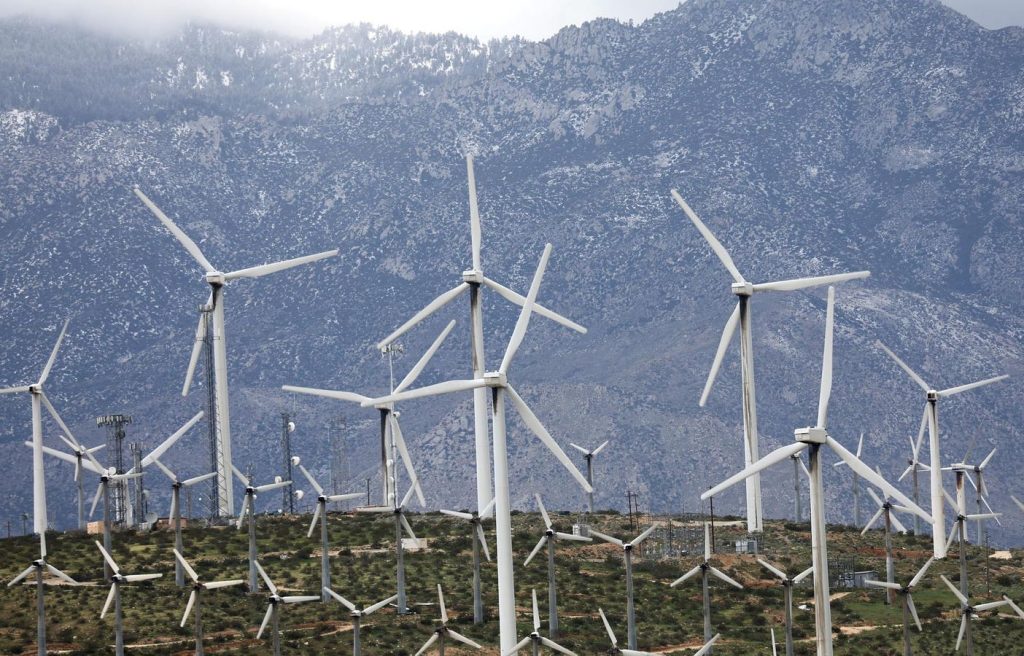The global hunt for critical metals needed in innovative technologies and renewable energy is drawing the U.S. and Australia closer while opening a gap with China. Two recent deals involving lithium and rare earth metals demonstrate this trend. Pilbara Minerals, a successful Australian lithium miner, is looking to partner with a Chinese company and utilise the U.S. Government’s Inflation Reduction Act to build a lithium conversion plant outside of China. The goal is to leverage the benefits of new battery materials markets that are growing with the subsidies offered by the U.S.
Another deal between Australia and the U.S. involves the Export-Import Bank providing a $600 million letter-of-interest to Australian Strategic Minerals to help fund the final design and development of the Dubbo project in New South Wales. Bechtel, a major U.S. engineering and construction firm, has been awarded a contract to provide ore processing and infrastructure technical services for the project. This combination of government financing and engineering expertise is putting a firm U.S. stamp on the Dubbo project, which aims to monetize a unique geological structure rich in rare earths and critical minerals.
The Dubbo project includes rare earths such as neodymium and praseodymium, as well as tantalum, niobium, hafnium, and zirconium. The challenge lies in separating these different metals and producing them at a competitive price to meet customer demands. The project has been the focus of the Australia-U.S. Taskforce on Critical Minerals, which aims to harness Australia’s geological resources for the benefit of U.S. industry. ASM’s chief executive, Rowena Smith, sees the Dubbo project as being well positioned to support the joint objectives of Australia and the U.S.
Pilbara Minerals is also considering building a lithium processing plant outside of China, aligning with the U.S.’s focus on critical minerals and innovative technologies. By partnering with a Chinese company and taking advantage of U.S. incentives, Pilbara aims to position itself in new battery materials markets that are expected to grow with U.S. subsidies. The growing collaboration between the U.S. and Australia in the critical minerals sector indicates a shift away from reliance on China for these essential resources.
The global demand for critical metals in technologies and renewable energy is creating opportunities for closer collaboration between countries like the U.S. and Australia. By leveraging each other’s strengths in mineral resources, financing, and engineering expertise, these countries are working together to capitalize on the growing market for critical minerals. The partnerships between companies like Pilbara Minerals and Australian Strategic Minerals with U.S. entities demonstrate a strategic shift towards securing critical resources outside of China and aligning with global trends in energy and technology innovation. The race for critical minerals is heating up, and these partnerships are positioning the U.S. and Australia for success in the evolving market.


